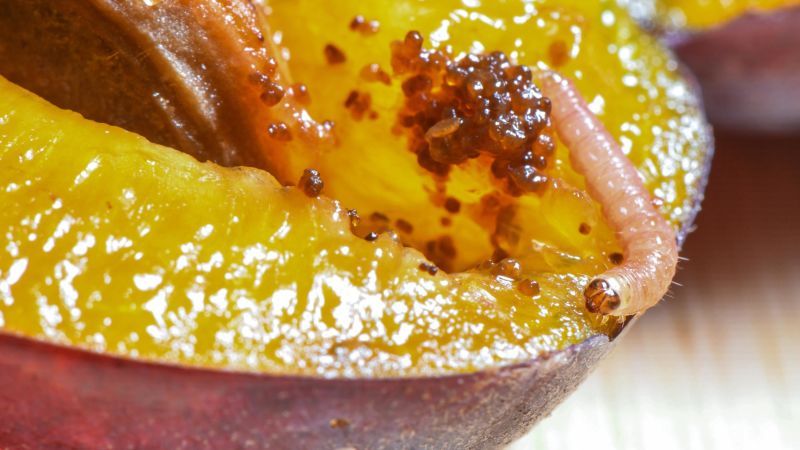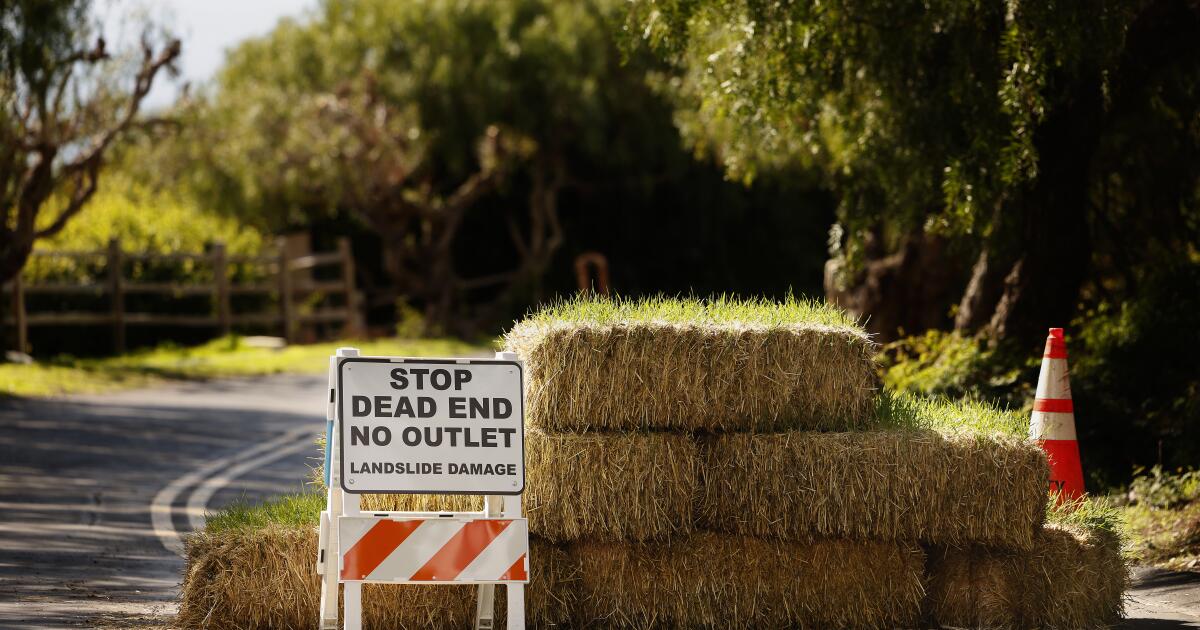cnn
—
Get ready, America: Many of your favorite foods may contain fragments of creatures you probably didn't know were there.
How about some mouse dung in your coffee? Worms in your pizza sauce? Bug bits and rat hairs in your peanut butter and jelly sandwich?
Oh, and I'm so sorry, chocolate lovers. That dark, delicious bar you devoured could contain 30 or more insect parts and a sprinkling of rodent hair.
Called “food defects,” these dismembered creatures and their droppings are the unfortunate byproduct of growing and harvesting food.
“It is economically impractical to grow, harvest, or process raw products that are completely free of non-hazardous, natural, and unavoidable defects,” the U.S. Food and Drug Administration said.
So while there is no way to get rid of all the creatures that might be involved in the food processing chain, the FDA has set standards to keep food defects to a minimum.
Let's review a typical day of eating to see what else you're not aware you're eating.
The FDA allows coffee beans ground for breakfast to have an average of 10 milligrams or more of animal excrement per pound. Between 4% and 6% of beans, by count, are also allowed to be insect infested or moldy.
As you sprinkle black pepper over your morning eggs, try not to think about the fact that you could be eating more than 40 insect fragments with each teaspoon, along with a pinch of rodent hair.
Did you have fruit for breakfast? Common fruit flies can travel from the field to the harvest to the grocery store, get trapped in processors, or freeze in refrigerated delivery trucks and end up in your home.
Let's say you packed peanut butter and jelly sandwiches for everyone's lunch. Good choice!
Peanut butter is one of the most controlled foods on the FDA list; An average of one or more rodent hairs and 30 (approximately) insect fragments are allowed per 100 grams, which is 3.5 ounces.
The typical serving size for peanut butter is 2 tablespoons (unless you spread it). That means each 2 tablespoon peanut butter sandwich would only have about eight insect fragments and a little bit of rodent droppings. (“Filth” is what the FDA calls these insect and rodent dietary defects.)
Unfortunately, gelatin and jam are not as controlled. Apple butter can contain an average of four or more rodent hairs per 100 grams (3.5 ounces) and about five whole insects. Oh, and that's not counting the unknown number of tiny mites, aphids and thrips.
Apple butter can also contain up to 12% mold, which is better than cherry jam, which can have 30% mold, or blackcurrant jam, which can have 75% mold.
Did you pack some of the kid-sized boxes of raisins for your child's afternoon snack?
Golden raisins are allowed to contain 35 fruit fly eggs, as well as 10 or more whole insects (or their equivalent heads and legs) per 8 ounces. Children's raisin containers weigh one ounce each. There are more than four eggs and a whole insect in each box.
Any Bloody Mary fans? The tomato juice in that 14-ounce Bloody Mary could contain up to four worms and 20 or more fruit fly eggs.
And if you're drinking a fruit cocktail, keep in mind that the canned citrus juices many bars use can legally contain five or more fruit fly or other fly eggs per cup (a little less than 250 milliliters). Or that cup of juice could contain one or more worms. Apricot, peach and pear nectars are allowed to contain up to 12% moldy fruit.
Oh my goodness, the possibilities are endless! Did you know there can be 450 insect parts and nine rodent hairs in every 16-ounce box of spaghetti?
Canned tomatoes, tomato paste, and sauces like pizza sauce are slightly less contaminated than the tomato juice in your cocktail. The FDA only allows about two worms in a 16-ounce can.
Add mushrooms to your spaghetti sauce or pizza? There can be an average of 20 or more worms of any size per 4-ounce can of mushrooms.
The canned sweet corn we love is allowed to have two or more earworm larvae, along with larval fragments and the skins that the worms discard as they grow.
For every ¼ cup of cornmeal, the FDA allows an average of one or more whole insects, two or more rodent hairs, and 50 or more insect fragments, or one or more rodent dung fragments.
Asparagus can contain 40 or more scary-looking but tiny thrips per ¼ pound. If there aren't any, FDA inspectors look for beetle eggs, whole insects, or heads and body parts.
Frozen or canned spinach is allowed to have an average of 50 aphids, thrips and mites. If they are missing, the FDA allows spinach maggot larvae or eight whole leaf-mining insects.
Dismembered insects can also be found in many of our favorite spices. Crushed oregano, for example, can contain 300 or more insect pieces and approximately two rodent hairs per 10 grams. To put this in context, a family-sized bottle of oregano weighs approximately 18 ounces or 510 grams.
Paprika can have up to 20% mold, about 75 insect parts and 11 rodent hairs per 25 grams (just under an ounce). A typical spice jar holds between 2 and 3 ounces.
By now you may be wondering: How do they count those tiny insect heads and bits of rodent dung?
“Food manufacturers have quality control employees who constantly take samples of their finished and packaged product to make sure they're not taking out anything that's against the rules,” said food safety specialist Ben Chapman, a science professor. agricultural and human at North Carolina State University.
Sometimes they do it by hand, Chapman said. “They take 10 bags from a week's worth of production and try to get what could be in here,” he said. “Do we have particularly high numbers of bugs or was it a very buggy time of year when the food was picked? And they make sure they are below the FDA thresholds.”
What if it was a buggy week and a lot of bugs decided to sacrifice themselves? Can they get all those eggs, legs and larvae out?
“They really can't,” Chapman said. But they can take the food and send it to a process called “reprocessing.”
“Let's say I have a bunch of fresh blueberries with bugs that I can't put in a bag and sell,” Chapman said. “You could send them to a cranberry canning operation where they can boil them and then remove the insect parts from the top and put them in a can.”
That's gross. Will I ever eat any of these foods again?
“Look, this whole thing is a very, very, very low-risk situation,” Chapman said. “I see it as a disgust factor versus a risk factor. “Insect parts are gross, but they don’t cause foodborne illness.”
Much more dangerous, Chapman notes, is the possibility of pieces of stone, metal, plastic or glass accompanying harvested food as it enters the processing system. All food is subject to x-rays and metal detectors, Chapman said, because when it escapes, people can be injured.
Also much more dangerous are foodborne illnesses, such as salmonella, listeria and E. coli, which can make people seriously ill and even kill.
“Cross-contamination from raw foods, undercooked foods, hand washing, and the spread of germs from raw foods are all things that contribute to the more than 48 million cases of foodborne illnesses we have each year in the United States.” “Chapman said.
Well, put that way, I guess my distaste for that rodent poop in my coffee seems overblown.
Maybe.












